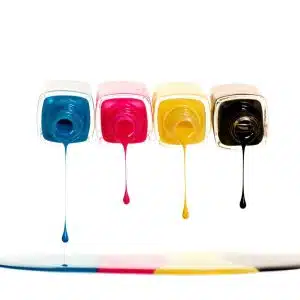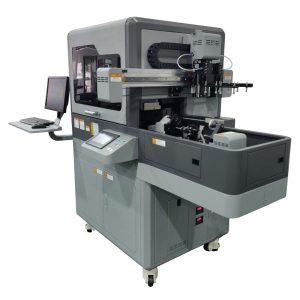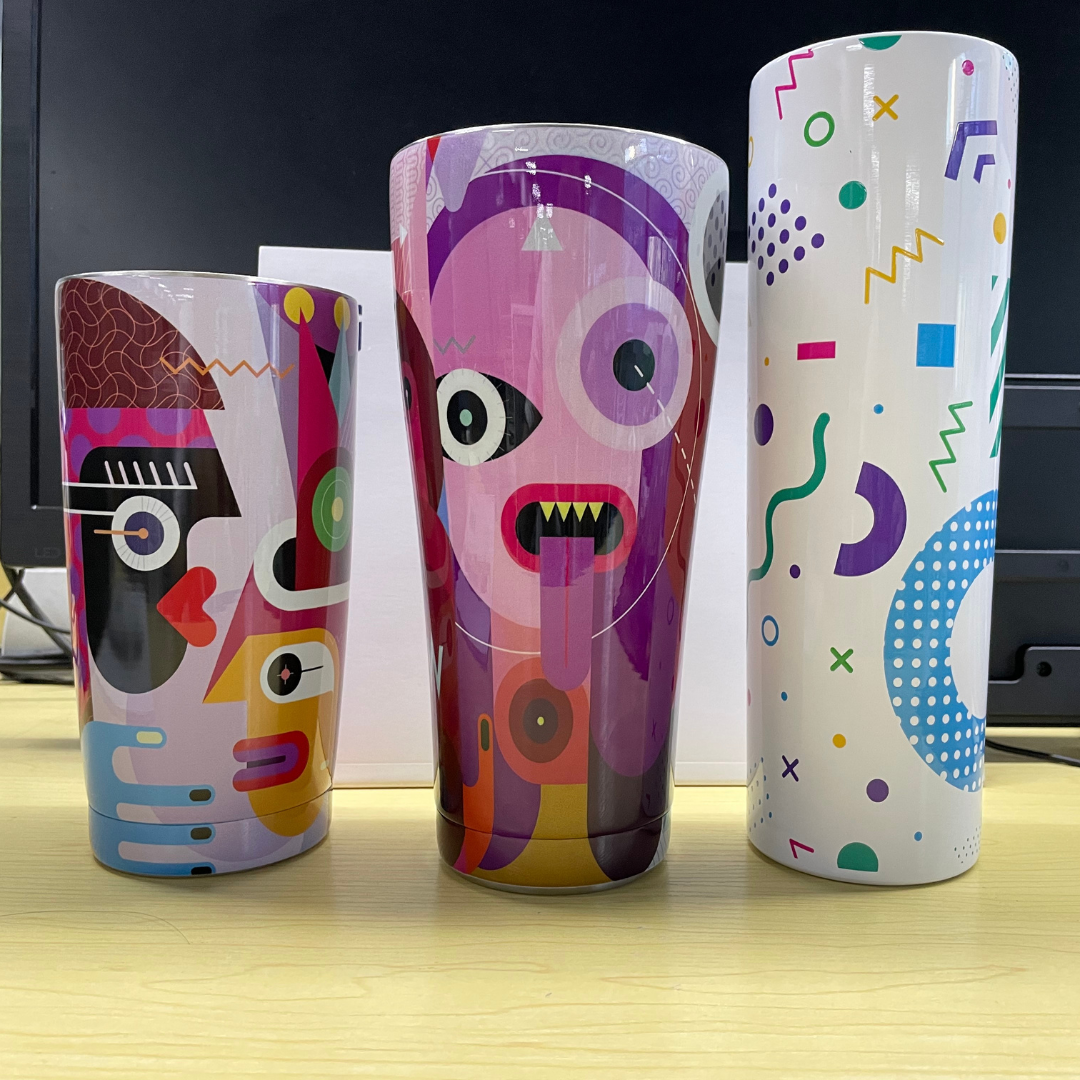Boston Industrial Solutions, Inc., offers the best UV adhesion promoter for your specific printing material. Some of our UV adhesion promoters include M74F, G1, PP Primer, etc. When properly applied, these digital primers increase the product’s adhesion properties, which enable UV ink to bond permanently to the material.
To achieve optional UV ink adhesion, it is important to understand the material you intend to print. The type of material not only dictates the ink type but also determines the appropriate pre-treatment options. Additionally, it is important to note that digital primers (adhesion promoters) are substrate-specific.
UV ink, digital primers, and pre-treatment methods all enhance UV ink adhesion to a substrate. Depending on the printing application and ink, we have different pre-treatment options to help decorators achieve long-lasting prints.
Therefore, before printing, it is very important to understand the substrate and, most importantly, choose the correct ink for the substrate. If you are not sure which ink works best for your printing application, we have a free testing lab. The team in our testing lab will not only help you determine the best inks, but also what pre-treatment options are available for your application.
UV inks
UV inks dry instantly when exposed to ultraviolet light (UV). It takes a couple hours to 24 hours to fully cross-link to the substrate. This is important to note, especially when doing adhesion testing.
While UV inkjet inks generally adhere to a wide range of materials, there are certain inks that perform well on specific substrates. For this reason, Boston Industrial Solutions, Inc. offers different UV LED curable inks for different print heads and to accommodate any substrates you want to print on. Additionally, it is important to note that the surface energy of a substrate will directly impact ink adhesion to the material. If a material has a lower surface energy compared to UV ink, the LED ink will not stick to the material. How can you increase the surface energy of a material?
When should you pre-treat a part?
Digital primers (UV ink adhesion promoters) and mechanical pre-treatment systems function to increase the surface energy of a material. An increase in surface energy on the material in turn leads to good ink adhesion—assuming the ink is compatible with the material. But should you choose to pre-treat a substrate? That depends on the intended use of the printed product. For example, a tumbler, which will undergo many dishwashing cycles, should be pre-treated compared to a candle holder, which will never be washed. Let’s review the different pre-treatment options available.
Digital Primers
Boston Industrial Solutions, Inc. offers many different UV inkjet primers for many hard-to-print materials. Examples of these materials include polypropylene, coated metals, stainless steel, aluminum, etc. Like printing inks, primers are substrate-specific. Therefore, it is important to choose the right primer for your printing application. Additionally, there are different types of primers depending on the method of application. Primer application methods include wiping or spraying on the material.
Wipe on adhesion promoters.
Wipe on primers—they derive their name from the method of application. Before printing, users wipe these chemical-based pre-treatments onto the material. Once wiped on, they raise the energy level of the material to meet or exceed that of the printing ink. This, in turn, helps the ink stick to the material. Wipe-on primers are effective. They result in excellent UV ink adhesion to the primed material. However, they are costly due to the amount of labor and time used in the application process. Additionally, these wipe-on adhesion promoters give the operator a wide window for printing the material. Examples of wipe-on primers include the G1 UV adhesion promoter for glass and the PP primer.
G2 Primer—spray on adhesion promoter
Spraying is another application method for adhesion promoters. At Boston Industrial Solutions, Inc., we offer the G2 spray on glass primer. This two-component primer is formulated for high-volume glass manufacturing. To use this primer, simply mix part A with part B in the specified ratios. Then spray on the intended product and use heat to dry the primer. Once dry, print the product with UV ink. The result is a very durable print that will withstand many industrial dishwashing cycles.
UV Jettable adhesion promoters
Perhaps the best and most cost-effective UV adhesion promoters on the market today. For UV ink primers with extra print heads or the ability to add an extra print head, jettable primers are the best solutions for treating hard-to-print substrates. The application of this type of primer is done by the machine on demand. Additionally, there are no VOCs, wastage, or manual labor required to apply this type of primer. Learn more about the JP254 UV jettable adhesion promoter. Learn more about our inkjet printing supplies.
Mechanical pre-treatment options
Flame, corona, and plasma are the three most common mechanical pre-treatment options. These pre-treament options alter the physical properties of the material.
Labor is one of the biggest challenges with the mechanical pre-treatment options. Although the pre-treatment is automated, the substrate needs to be cleaned before undergoing pre-treatment. If the material is not clean, even after treatment, you will likely experience UV ink adhesion problems.
Flame-treating a substrate increases the energy level of the material. An increased surface energy level leads to increased wettability, which leads to better ink adhesion.
Plasma treatment changes the energy level of the material by using the plasma portion of the flame on a substrate.
Corona treatments like flame and plasma treatments change the surface energy of the material. However, unlike the two treatments, the Corona treatment cleans and pre-treats the surface of a material at the same time.
UV ink adhesion testing
Boston Industrial Solutions, Inc., offers free ink adhesion testing. If you have challenging material to print on, please send us 6–12 parts, and we will do free adhesion testing according to ASTM standards.
Tape adhesion testing: This testing process involves applying tape to a printed product and rapidly pealing it off. If there is ink film on the tape, the product has failed tape adhesion testing.
Scratch testing: This uses a sclerometer. Drag the sclerometer across the printed part. If there is no ink delamination, the ink has passed the scratch adhesion test.
The crosshatch ink adhesion test involves making X cuts on the printed substrate. Next, tape is applied to the crosscut material and quickly peeled. If there is delamination, the ink has failed this test. If there is no delamination, the ink has passed this test.
Other methods of adhesion testing
At Boston Industrial Solutions, Inc., we like pushing our products to extremes. This assures us that the printing of a product will last a very long time.
Additional adhesion testing that we perform includes dish waster testing, flexibility adhesion testing, ice bucket tests, and squeeze adhesion testing. Have more question about UV ink adhesion, please visit our support hub.











